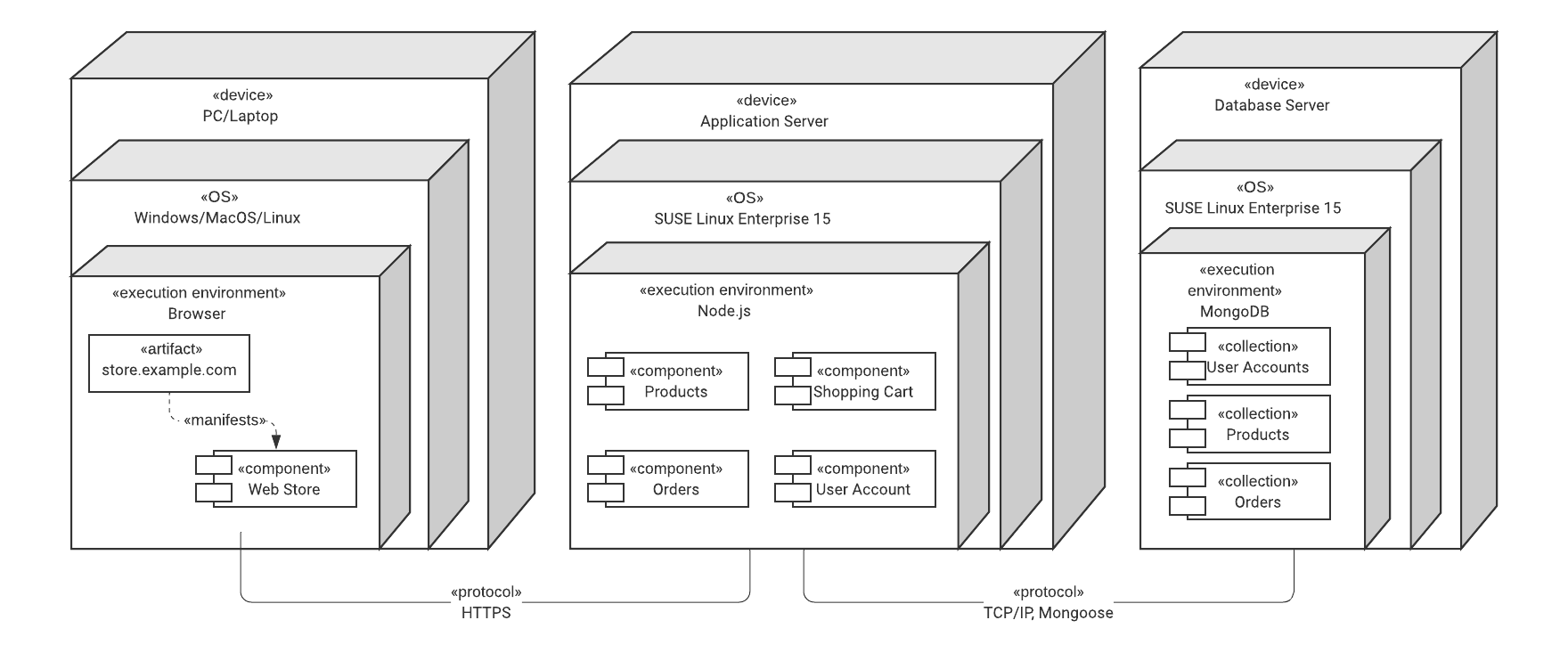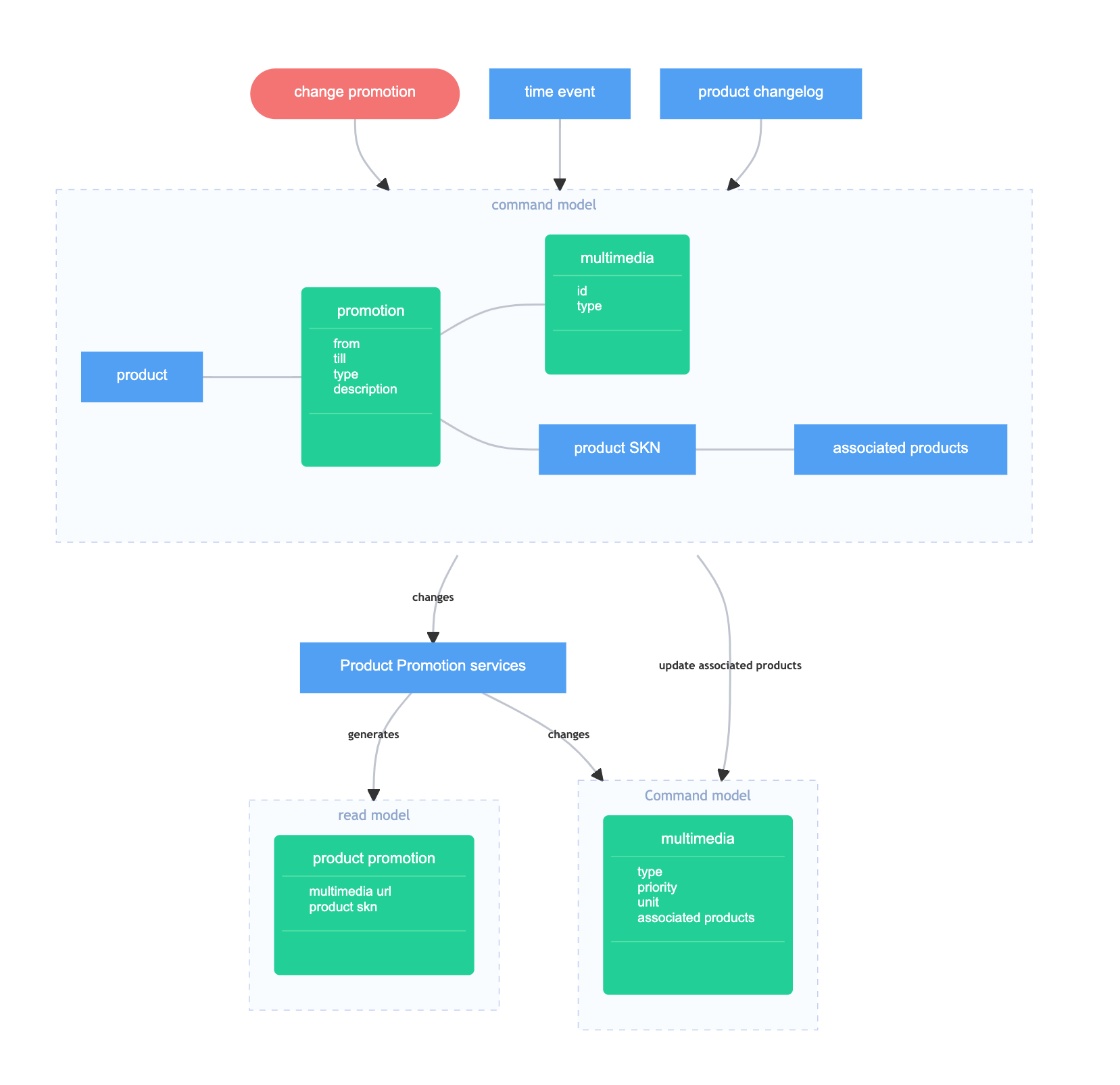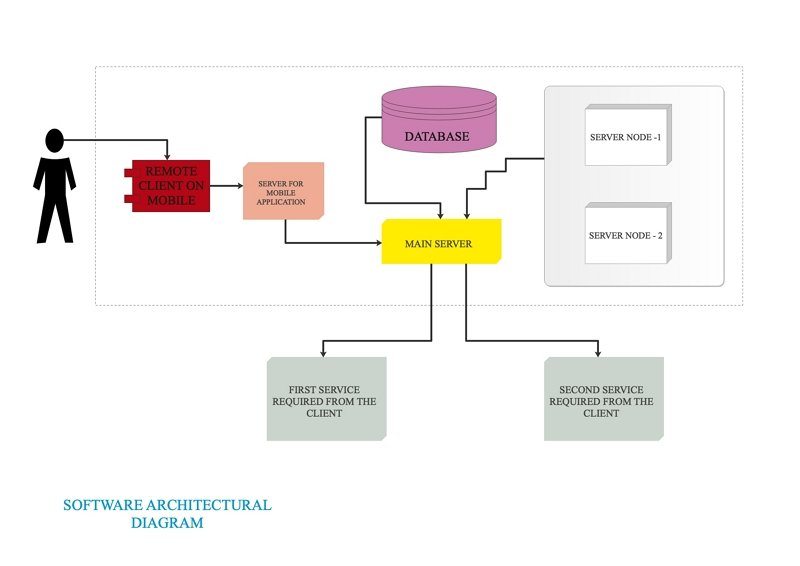Software Architecture Diagrams
(2025-08-17T00:29.101Z)
Perplexity Query
(2025-08-17T00:29
.101Z)
Question:
What are the different kinds of Software Architecture Diagrams used in software development? Are there any that are proven to be more important?
Response from sonar-pro:
The primary software architecture diagrams used in software development include application architecture diagrams, system diagrams, deployment diagrams, network diagrams, cloud architecture diagrams, and various UML-based diagrams. Each serves a distinct purpose and audience, and their relative importance depends on the project's context and goals.
Major Types of Software Architecture Diagrams
Application Architecture Diagram
- Purpose: Shows high-level structure of an application, including components, layers (e.g., business, data), and how they interact with external systems.
- Audience: Stakeholders, managers, developers.
- Image Reference:

System Architecture Diagram
- Purpose: Visualizes all system components (hardware and software) and their interactions.
- Audience: Architects, development and operations teams.
- Image Reference:

Deployment Architecture Diagram
- Purpose: Illustrates how software components are deployed onto hardware (servers, nodes), showing where and how applications run physically or in the cloud.
- Audience: DevOps, infrastructure engineers.
Network Architecture Diagram
- Purpose: Details the network structure, including connectivity, firewalls, gateways, and data flow among networked devices.
- Audience: Network engineers, security teams.
Cloud Architecture Diagram
- Purpose: Documents the architecture of cloud-based environments (e.g., AWS, Azure), including resources, services, and their relationships.
- Audience: Cloud engineers, solution architects.
UML-Based Diagrams
- Class Diagram: Shows structure with classes and relationships.
- Object Diagram: Depicts instance-level structure.
- Component Diagram: Visualizes software components and interfaces.
- Sequence Diagram: Shows interactions over time between components.
- Image Reference:

Other Specialized Diagrams
- Integration Architecture Diagram: Focuses on data and process flows between systems.
- Data Architecture Diagram: Shows data storage, flow, and relationships.
Proven Most Important Diagrams
- Deployment and Network Diagrams are increasingly vital due to cloud adoption and security requirements; they ensure robust, scalable, and secure deployments.
No single diagram suffices for every scenario; best practice is to combine several types for comprehensive understanding and communication. For example, pairing a high-level application diagram with detailed deployment and sequence diagrams covers both “what” the system does and “how” it operates and is maintained.
[3peski]
[p5imij]
Key elements for effective diagrams:
- Clarity
- Consistency (standard notation like UML, C4)
- Proper labeling
In summary:There are multiple key types of software architecture diagrams, each with unique functions. Application, layered/n-tier, deployment, network, and UML-based diagrams are most widely used and generally considered most important, but their relevance depends on context and stakeholder needs.

 
Citations
[u5541u] 2025, Jun 16. How to Draw 5 Types of Architectural Diagrams. Published: 2021-04-05 | Updated: 2025-06-16
[3peski] 2025, Jun 15. Architecture Diagram: Definition, Types, and Best Practices. Published: 2025-01-01 | Updated: 2025-06-15
[t9r3is] 2025, Jul 29. System architecture diagram basics & best practices. Published: 2025-07-28 | Updated: 2025-07-29
[zjo7uv] 2025, Mar 03. Software Architecture Patterns: What Are the Types and .... Published: 2024-05-16 | Updated: 2025-03-03
[p5imij] 2025, Apr 11. Software architecture diagramming and patterns. Published: 2024-04-29 | Updated: 2025-04-11